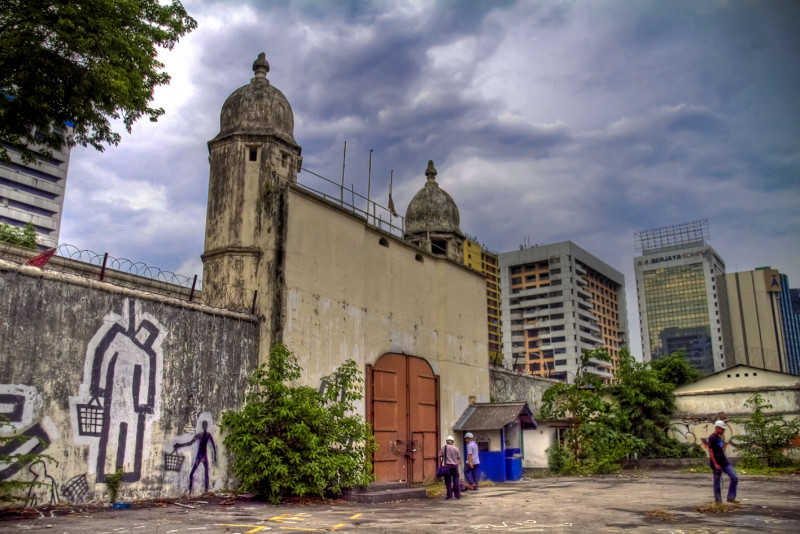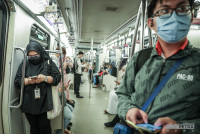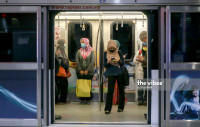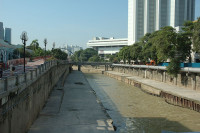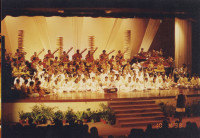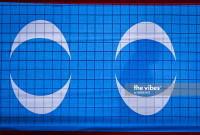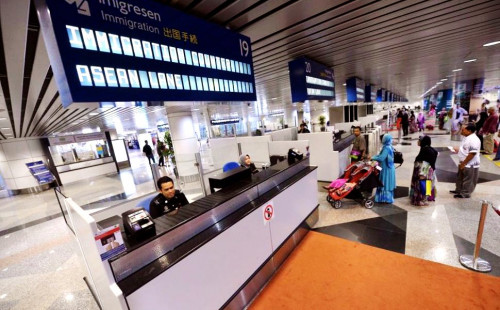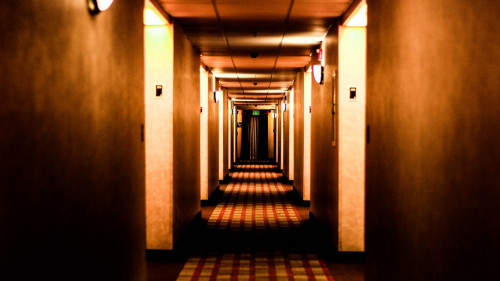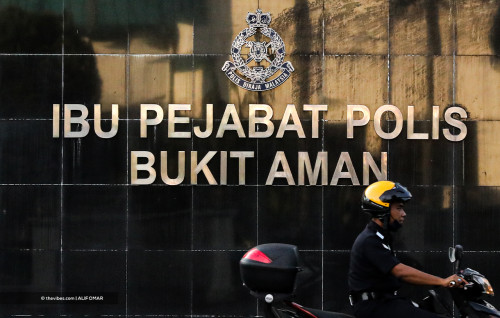KUALA Lumpur, the capital of Malaysia, which means “muddy confluence” has come a long way.
From tin mining to high glass skyscrapers, Kuala Lumpur is one of the fastest-growing metropolitan cities in Southeast Asia.
However, has Kuala Lumpur become avaricious and lost its heritage charm at the same time it has paved the way for modernisation?
The Vibes looks at five iconic buildings that were demolished over time.
1. Pudu Prison
Pudu Prison, better known as Pudu Jail, was a colonial-era prison located in the heart of Kuala Lumpur. It was built in 1895 on the site of a former Chinese cemetery and took approximately four years to complete. It housed criminals including drug offenders and was a location for administering corporal punishment through punitive rotan caning.
A few months after its completion in 1895, a cholera outbreak struck the prison and killed a few hundred inmates.
According to reports, it was found that the plague was caused by the prison’s water supply system. It relied on an old well belonging to the previous cemetery on the site and the problem was not fixed until three years later in 1898.
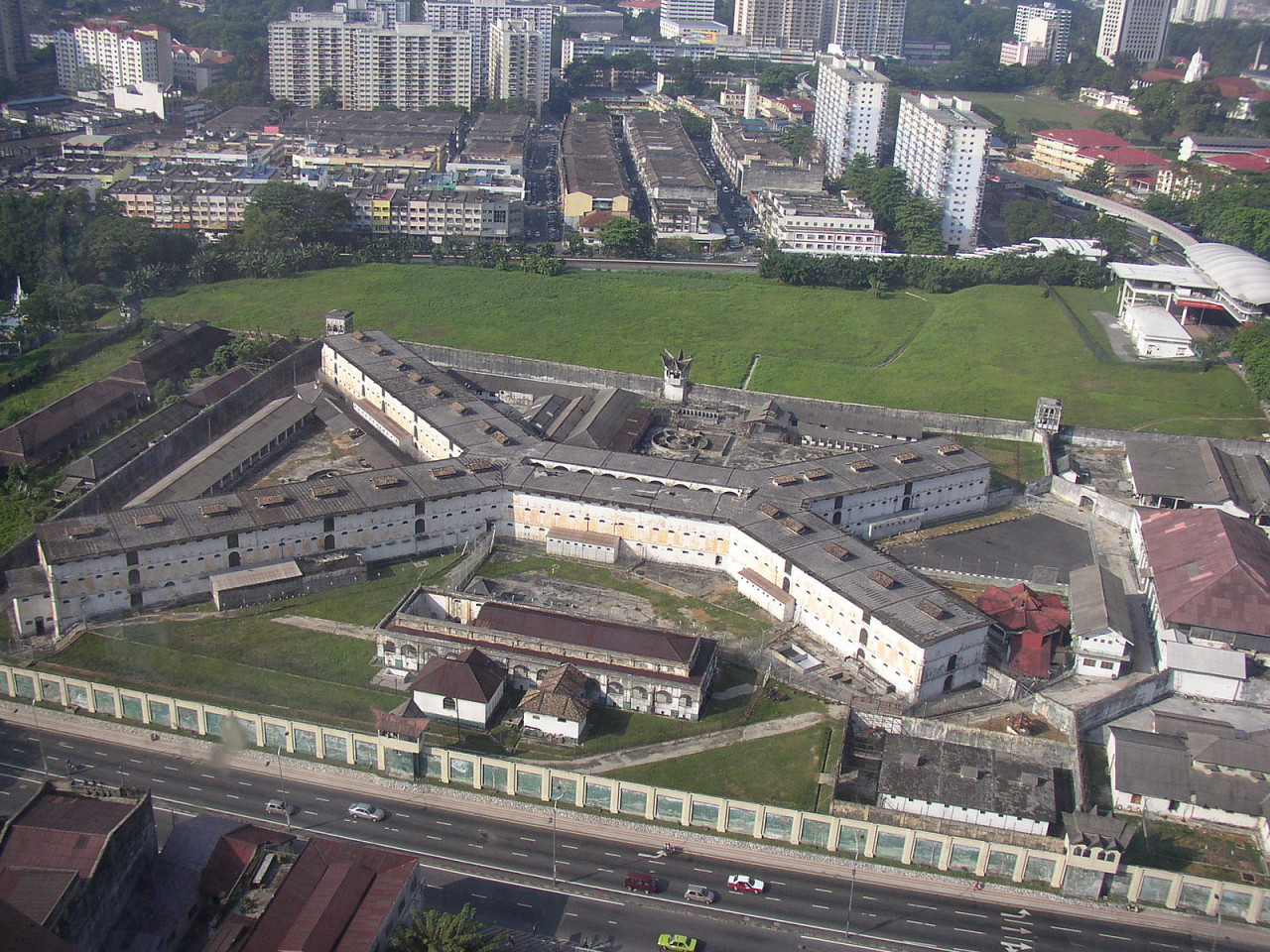
Pudu Jail was recognised for its 860 feet in height and 14 feet in length stretch of walls. These were painted with equatorial landscapes by an inmate identified as Khong Yen Chong, who began his work in 1984.
It was understood that he did not complete the artwork while behind bars, but returned after he was released to finish the work.
While Pudu jail was still standing, the artwork made it into the Guinness World Record as the longest mural in the world.
Apart from that, Pudu Jail saw some of the most notorious criminals in the country being executed within its walls – (i) Botak Chin, a legendary gangster executed in June 1981. While he was on death row, he tried to escape from the prison but failed.
__Kuala_Lumpur.jpeg)
.jpeg)
Five years later in 1986, the executions of (ii) Kevin John Barlow from Stoke-on-Trent, England, United Kingdom and Brian Geoffrey Shergold Chambers from Perth, Western Australia, Australia for trafficking heroin into Malaysia. They were the first Westerners to be executed under the drug offence law.
While three months later in October, another infamous criminal, Chua Chap Seng, better known as Jimmy Chua, believed to be a Singaporean, held a doctor and a laboratory technician hostage together with five other inmates, to escape the prison.
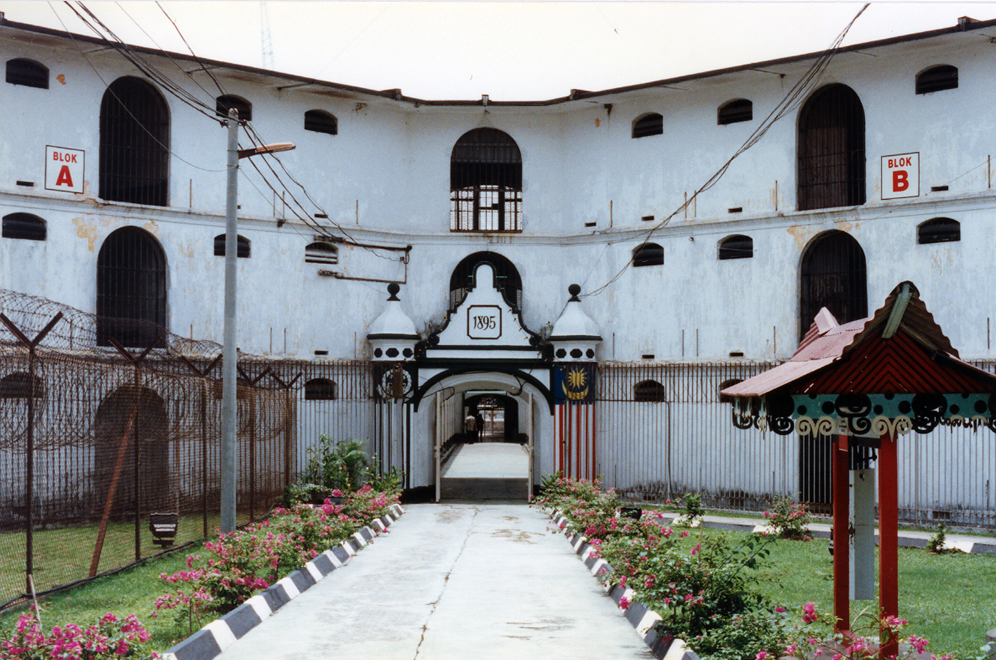
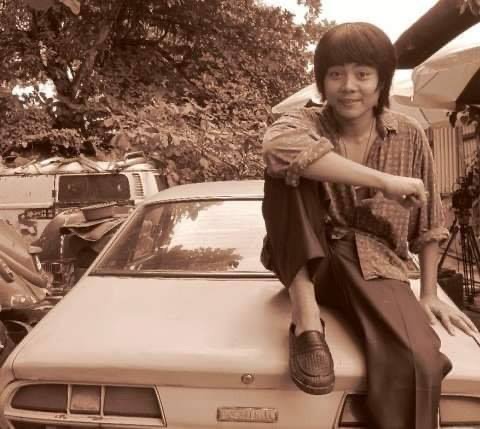
The decision to demolish Pudu Jail came about as it was not regarded as a valuable part of Malaysia’s history by authorities. As a result, demolition began and was carried out in phases.
By the year 2012, all buildings within the prison complex were demolished. A part of the exterior wall bearing the murals and the main gate is still maintained by the government, following requests from the public and heritage conservationists.
2. Le Coq d’Or, aka Bok House
Bok House was a neo-classic old mansion that once stood on Jalan Ampang. It was strategically located only 260m from the iconic landmark, the Petronas Twin Towers.
The beautiful mansion was designed by Swan & Maclaren (architects from Singapore) in 1926 and was completed three years later in 1929. It was for a local self-made millionaire Chua Cheng Bok, who earned a living repairing bicycles, hence the name ‘Bok House’.
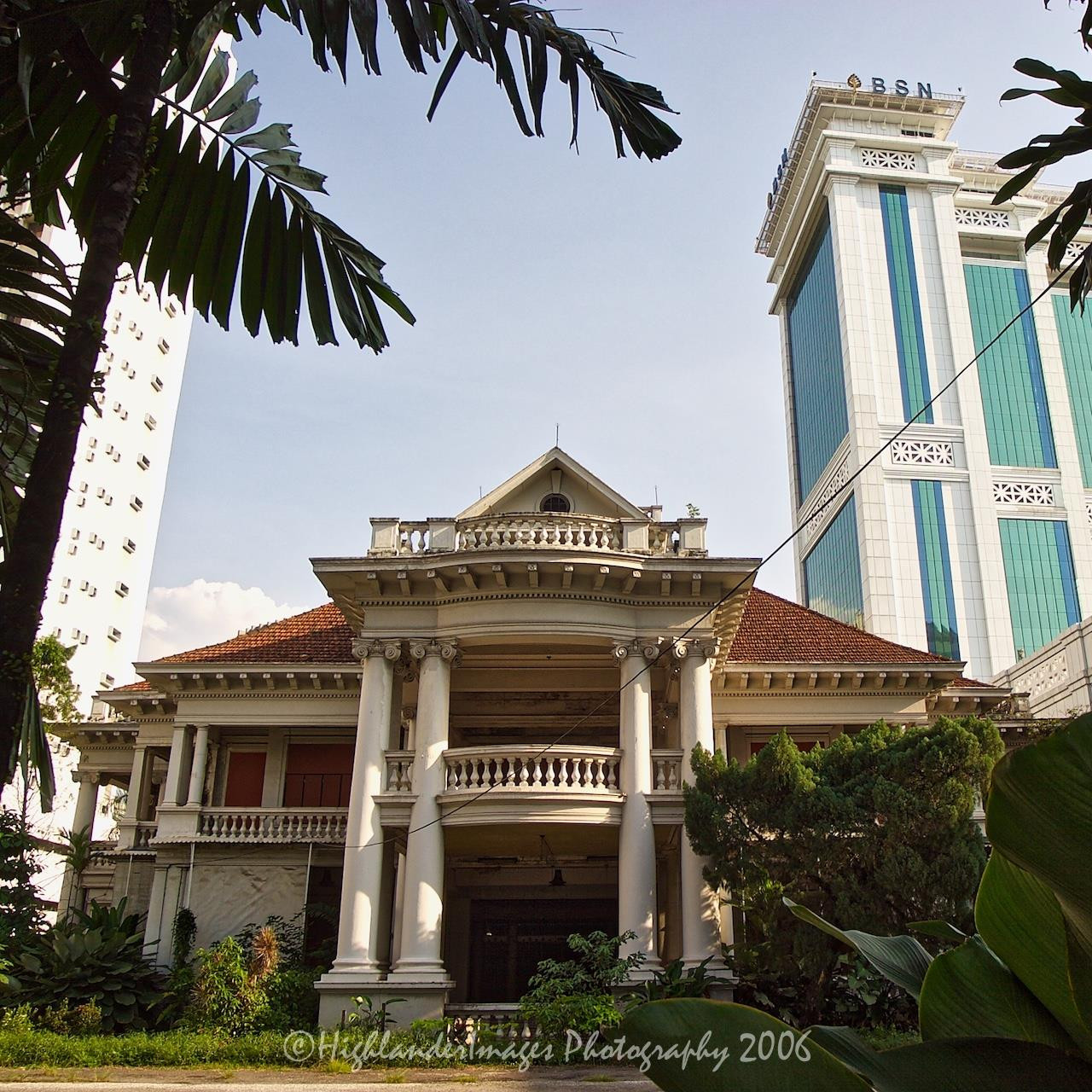
Chua Cheng Bok might ring a bell to some as he was well-known for building the oldest cinema in Malaysia, the Coliseum Theatre and Cafe in Jalan Petaling, Kuala Lumpur.
In the 1960s and until 2001, the mansion was home to a posh restaurant called 'Le Coq d'Or, which served expensive western food.
Initially, the mansion was planned to be gazetted as a heritage site. Unfortunately, it was demolished in 2006, 77 years after it was built. Authorities argued that the mansion was too expensive to restore, and that it had no historic value.
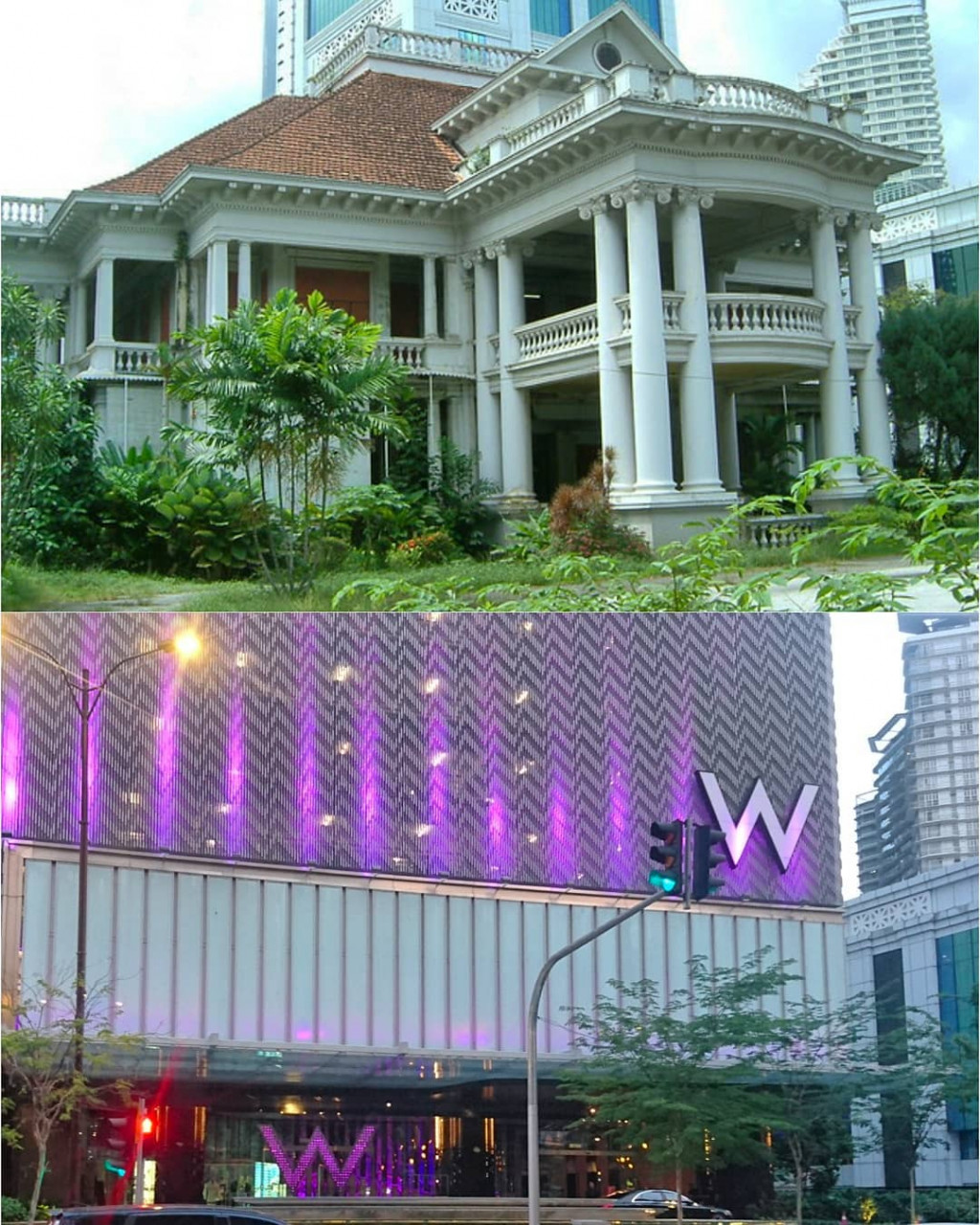
3. Cathay Cinema
A standalone cinema on Jalan Bukit Bintang, the Cathay Cinema was built in 1958. It had always been popular in Kuala Lumpur since the early 1960s.
Along with Pavilion Theatre, the first Cathay Organisation cinema that opened in 1935, Cathay cinema was one of the two most popular cinemas in downtown Kuala Lumpur that played host to enthusiastic movie-goers.
.jpg)
During the era, citizens only had to pay as low as 0.70 cents for a movie ticket. This was to catch the latest films from overseas, such as the latest chapters of Star Wars and James Bond. Enormous hand-painted movie posters dominated the facades.
However, despite continued support from faithful patrons, Cathay cinema shut its doors in 1997.
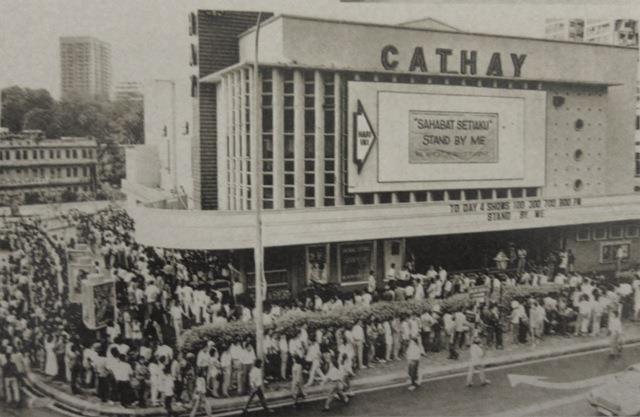
The building was partially destroyed by a fire in 2001 and subsequently demolished in 2002.
It’s now a parking lot for busy city folks, located just across from the Royale Chulan Hotel.
4. BBGS – Bukit Bintang Girls School
In 1893 Bukit Bintang Girls’ School was established as an all-girls school on Bukit Bintang Road, now known as Jalan Bukit Bintang in Kuala Lumpur.
It was the oldest school in Kuala Lumpur beating many well-recognised schools. These include Victoria Institution which was established in 1896, Convent Bukit Nanas established in 1899 and St John's Institution established in 1904.

The all-girls school was founded by missionary Betty Langlands who wanted to teach girls how to read.
The building was officially closed to its students in 2000, with redevelopments to make way for Pavilion Kuala Lumpur, which is now an award-winning shopping mall.
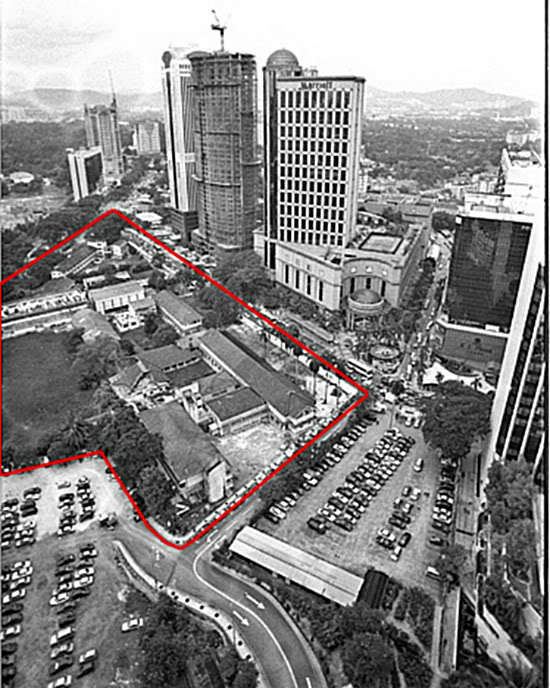
The Bukit Bintang Girls School was attended by notable alumni such singer-cum-actress Sasha Mohd Saidin, former Miss Malaysia, celebrity DJ, and host Datuk Yasmin Yusuff as well as Malaysian politician-cum-community activist Datuk Senator Ras Adiba Radzi.
5. Ampang Park
Just a 10-minute walk from Suria KLCC, Ampang Park Shopping Complex on Jalan Ampang is believed to be one of the first shopping centres in Kuala Lumpur. It opened its doors in 1973.
Apart from featuring retail shops, the shopping complex comprised a children’s playground, an entertainment arcade, karaoke room, theatre, and an exhibition gallery.
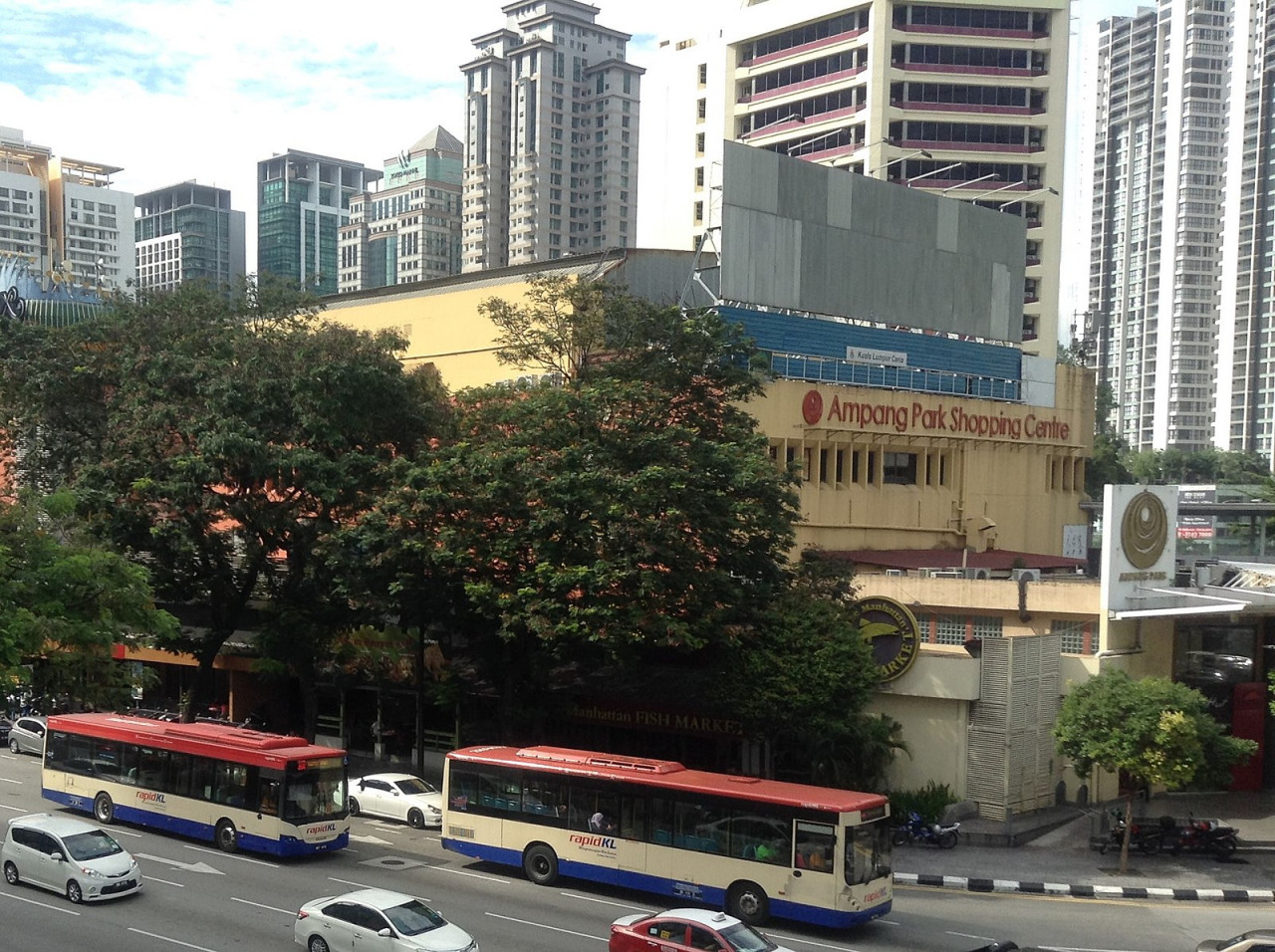
.jpeg)
Ampang Park also offered cultural bazaar-like booths along its corridors.
The shopping complex could also accommodate up to 450 vehicles in its parking lot.
However, in 2015, news broke out that the iconic Ampang Park will be facing demolition to make way for a proposed Mass Rapid Transit (MRT) station.
.JPG)
The tenants then launched a “Save Ampang Park” campaign to urge the government to reconsider the demolition and suggested that the proposed MRT station be built underneath a field, behind the mall.
Unfortunately, in 2017, Ampang Park was officially closed, and all demolition was completed by September 2018. This came after 46 years of being open to the public. – The Vibes, August 7, 2022



